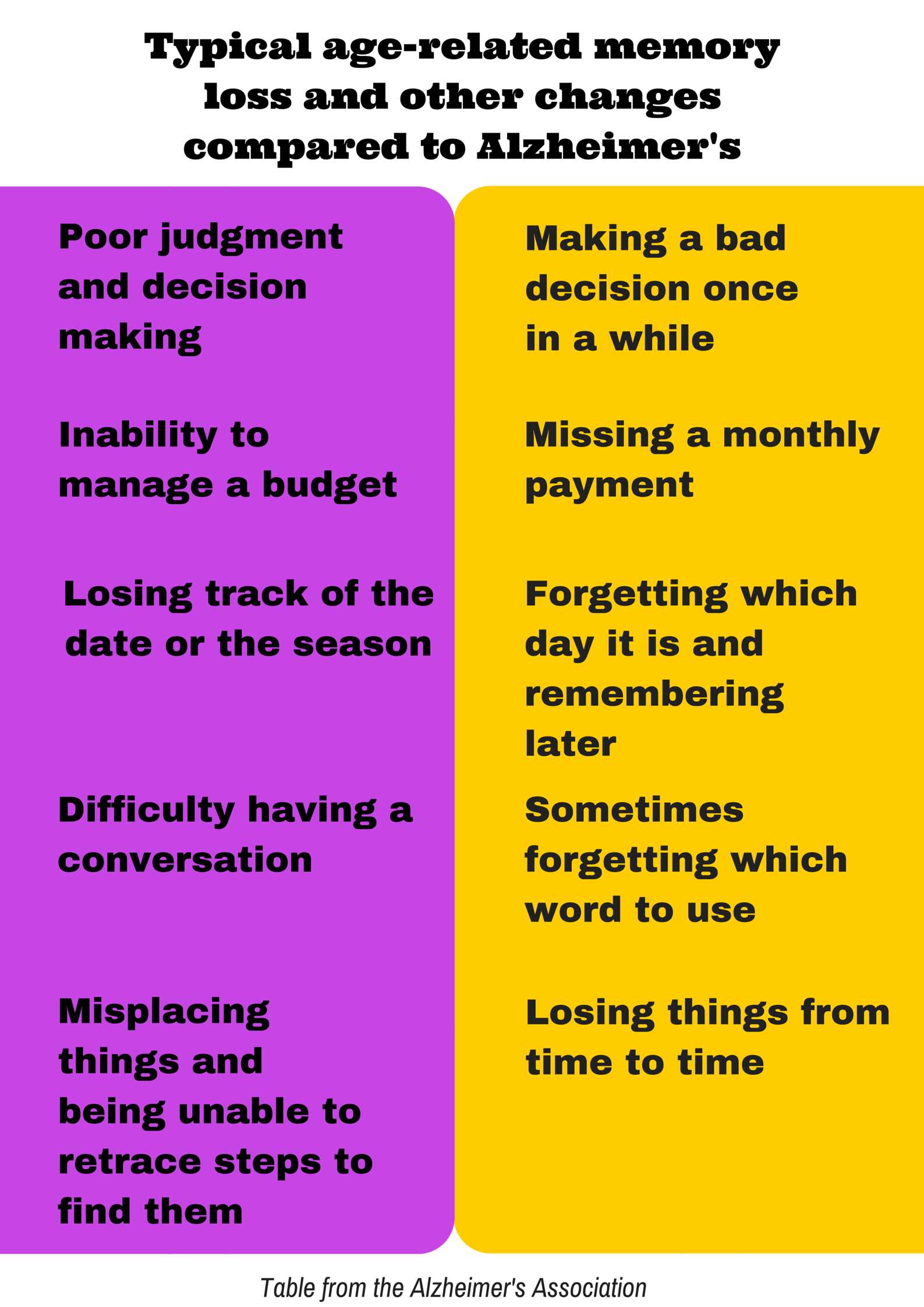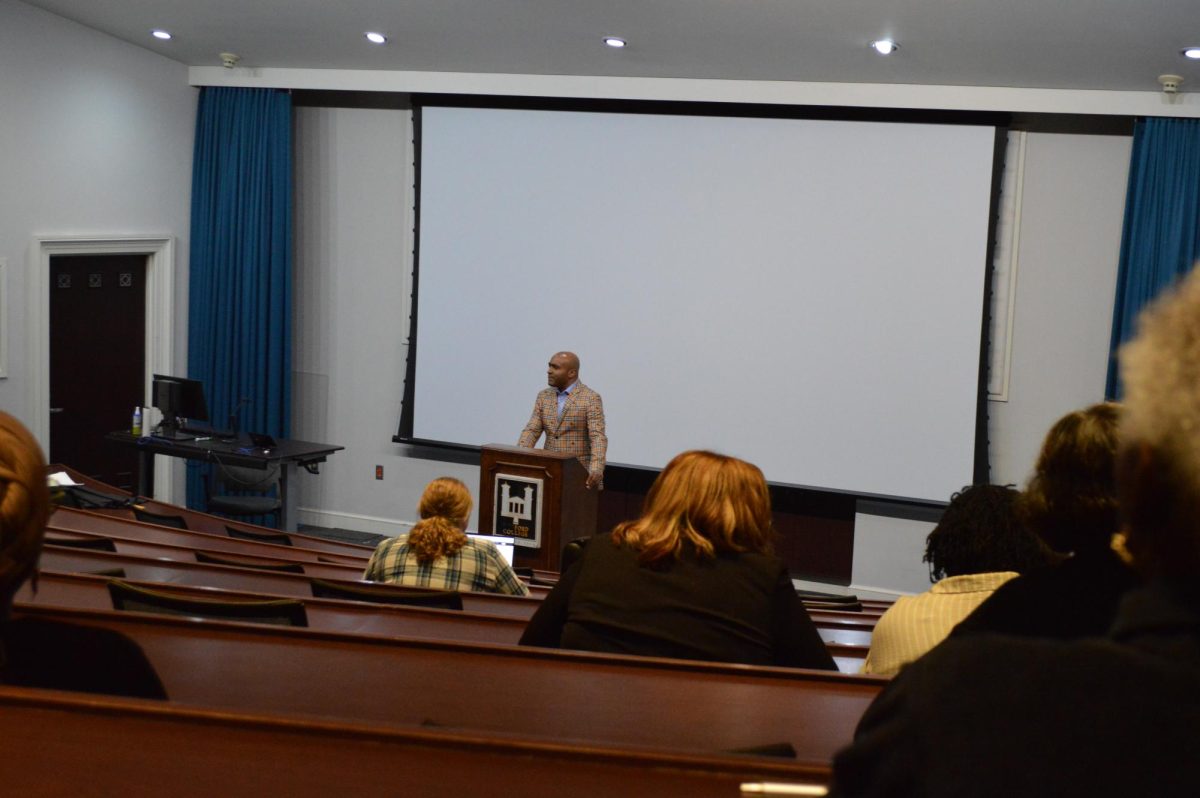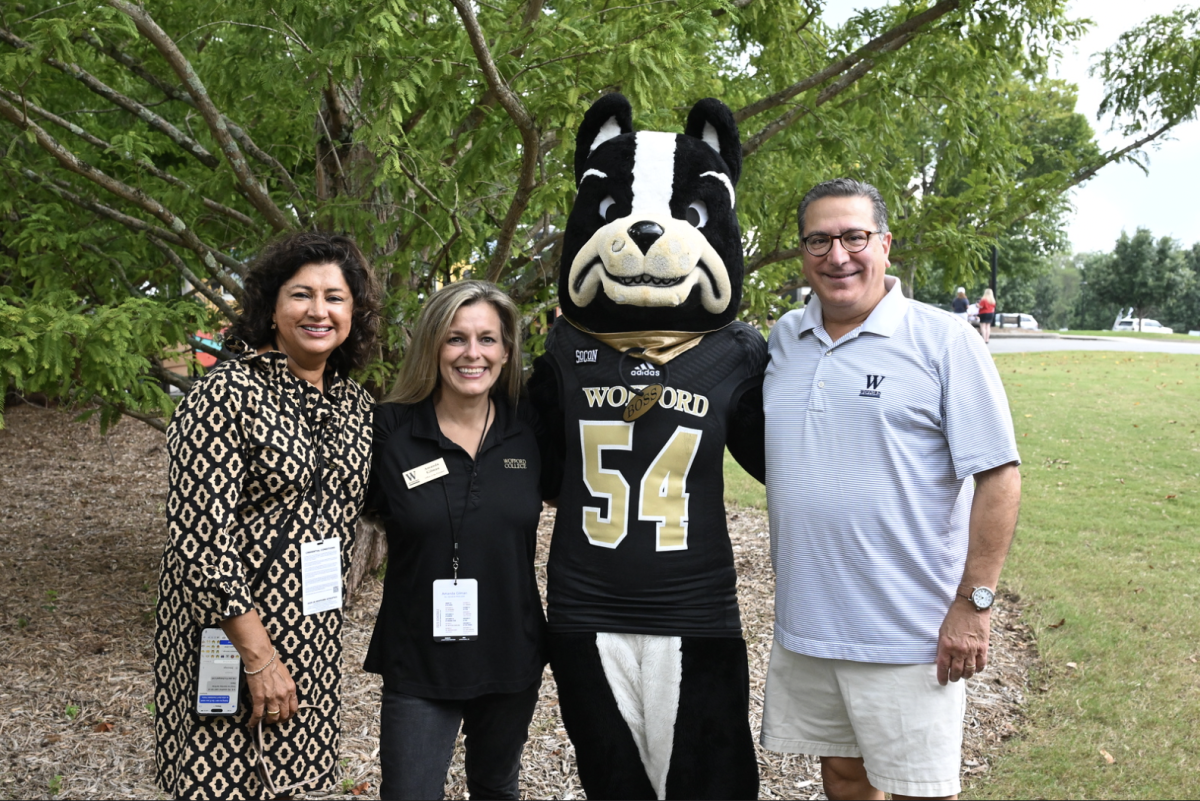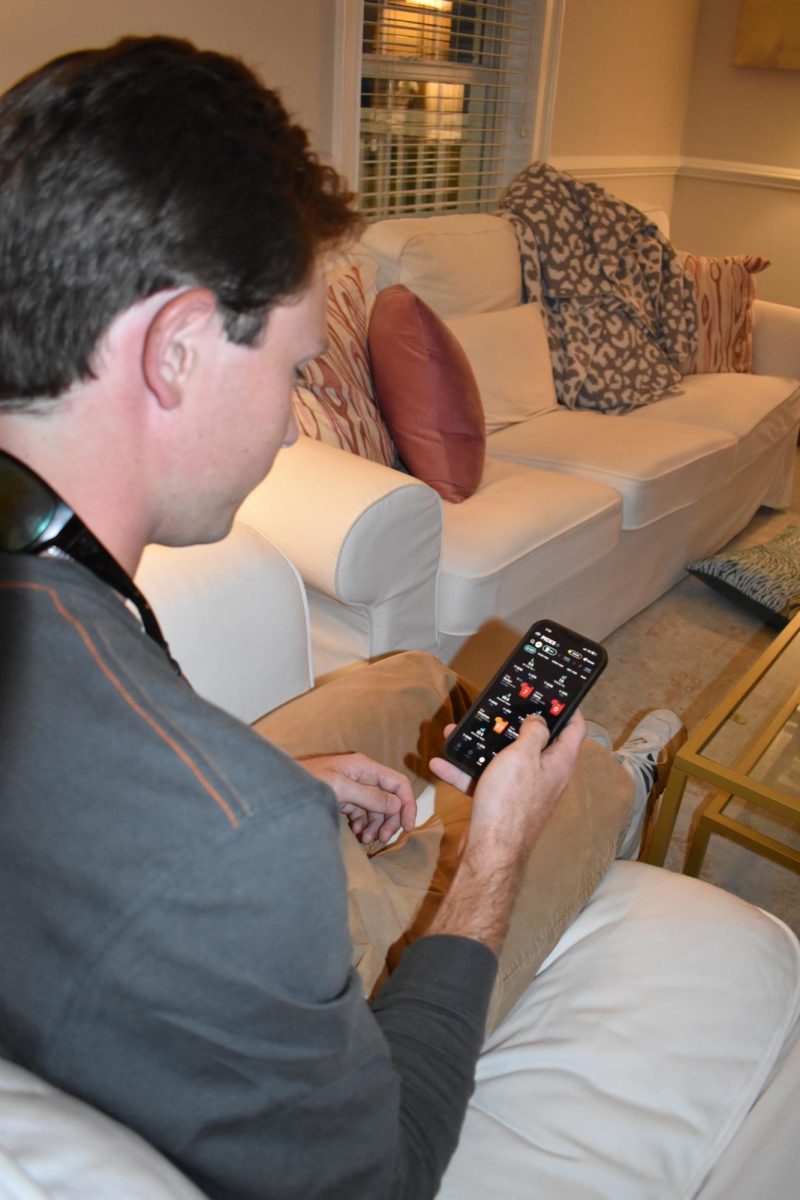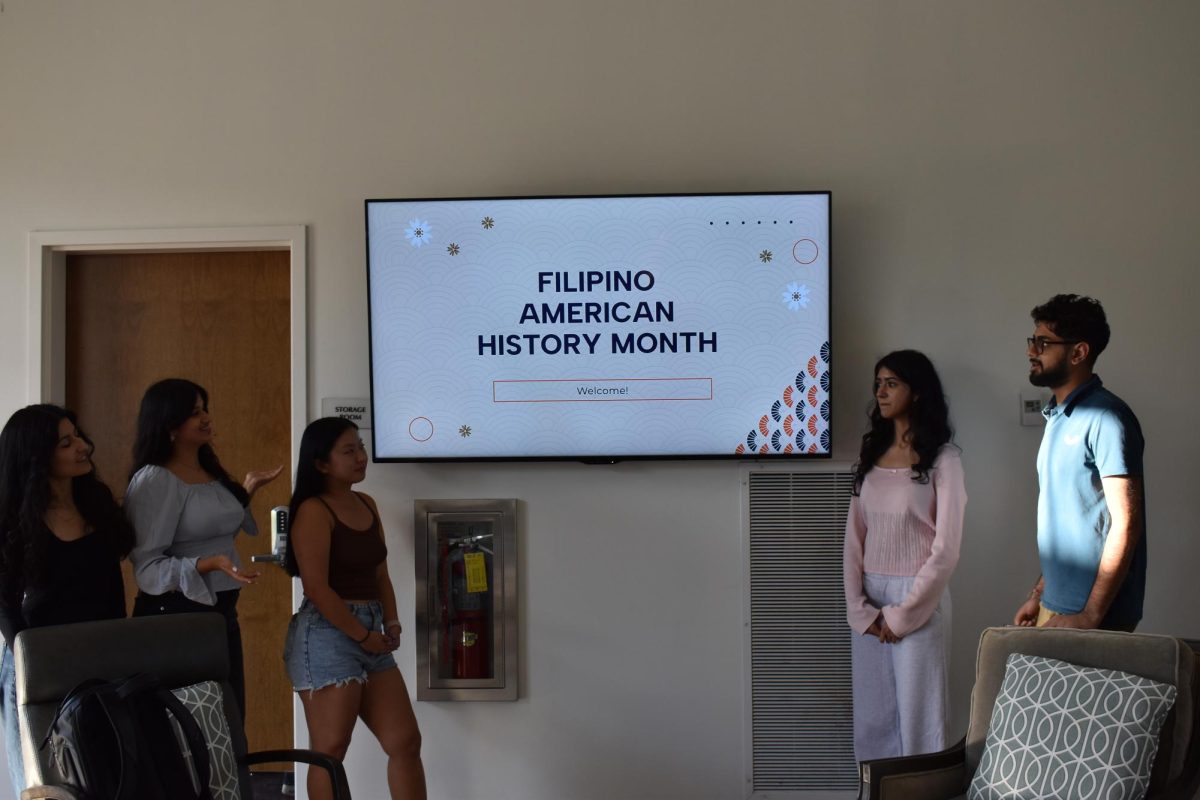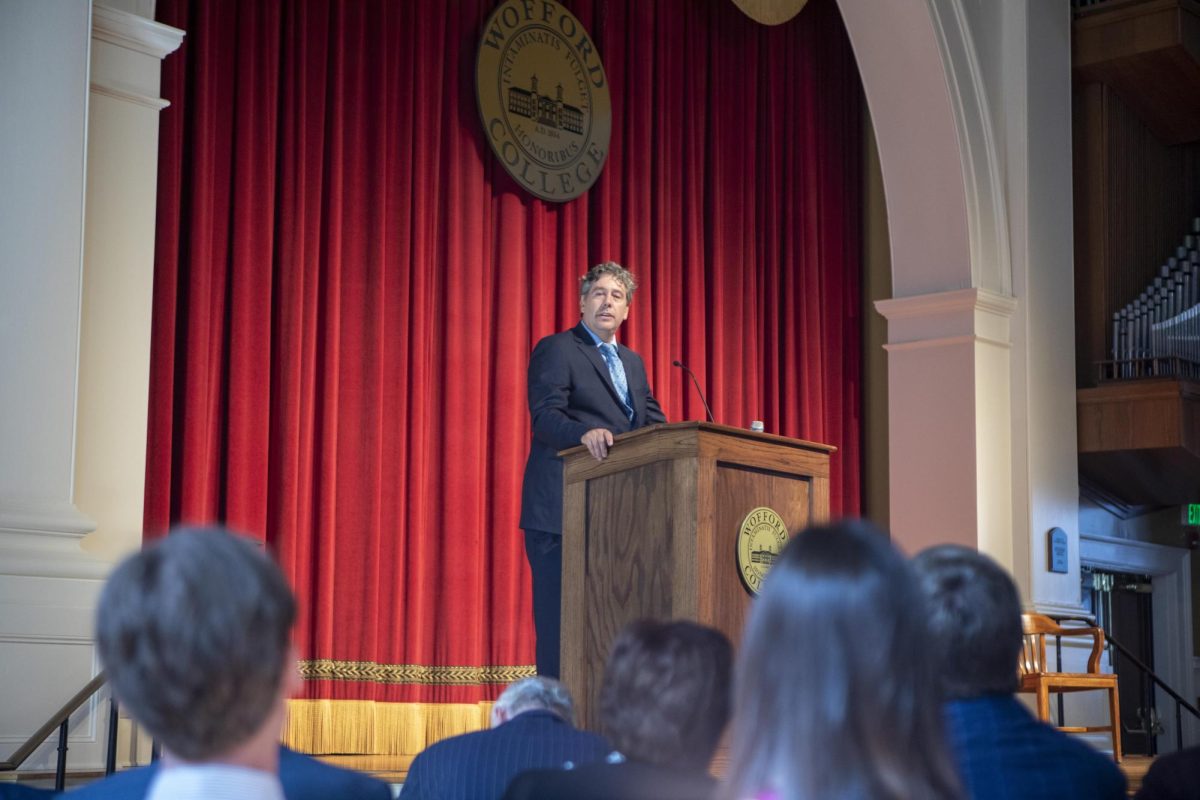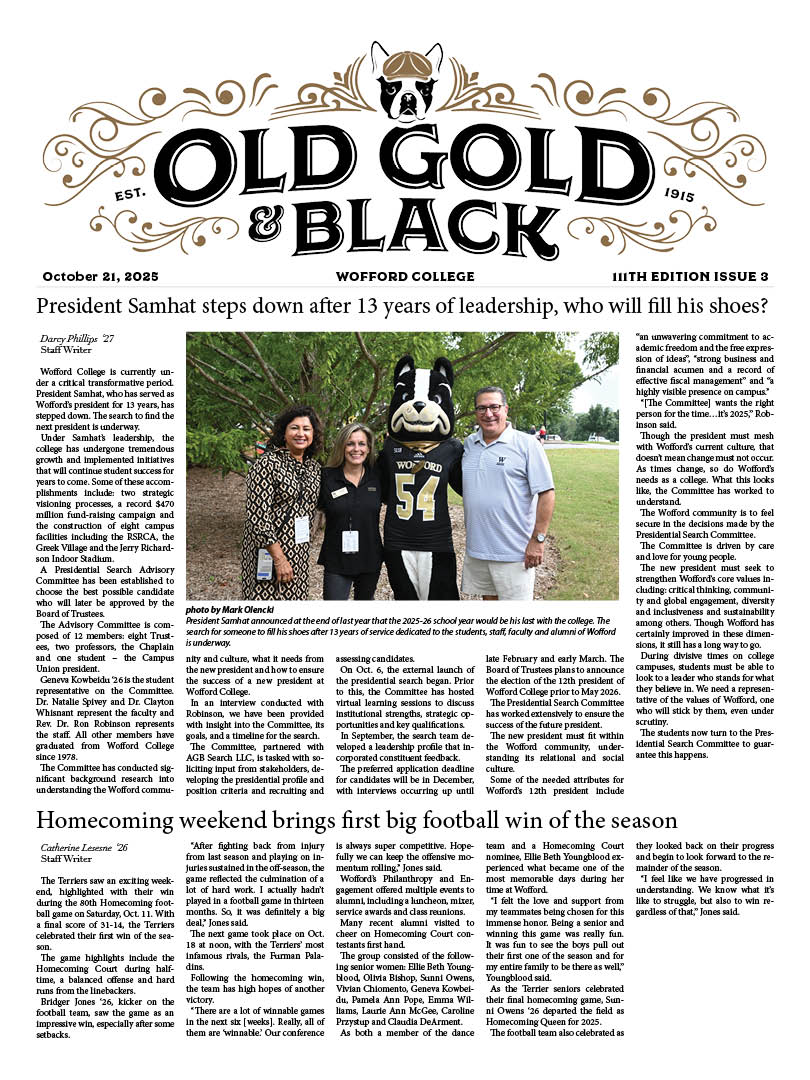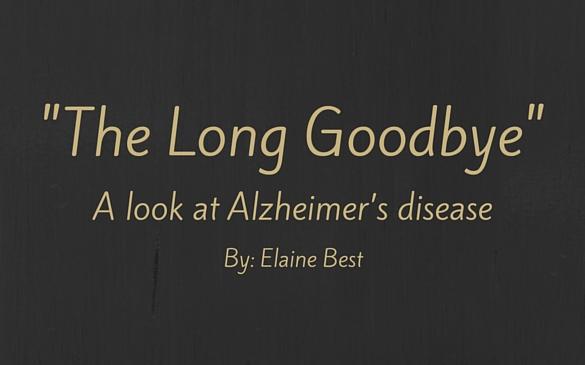By: Elaine Best, Editor
Every 67 seconds, someone in the U.S. develops Alzheimer’s disease. South Carolina alone has the 10th highest Alzheimer’s death rate in America. November is National Alzheimer’s Awareness month, and while many Wofford students may think that Alzheimer’s is a distant worry, the problem of the disease continues to bleed not only into patients’ lives, but their caregivers’ as well.
Alzheimer’s disease is a form of dementia. The disease is different from what many people believe to be normal effects of aging, affecting not only memory but personality, behavior and decision making.
“You and I forget our keys, or misplace your wallet, or misplace where your glasses are, but for someone with Alzheimer’s disease, they might put their keys in the refrigerator and not be able to find them,” explains Kara Bopp, associate professor of psychology. “There are things like everyday tasks that you do that all of a sudden you don’t know how to do.”
According to Bopp, it takes about a year for a person to be diagnosed with Alzheimer’s disease. Unable to directly test for Alzheimer’s, professionals have to conduct a diagnosis of exclusion.
“They have to say it’s not a stroke, it’s not depression, it’s not cardiovascular disease, it’s not a medication that [you’re] on…But a lot of the time, it’s all the different stories from family members and friends that start to add up and tell you,” Bopp says.
It is estimated that about 16 million people in S.C. will have Alzheimer’s disease in the year 2050. By this time, students on Wofford’s campus will have reached their mid-50s, close to the age that Alzheimer’s patients begin to be diagnosed, which is 65 years old. This fact does not even consider early-onset Alzheimer’s disease, which can be diagnosed in a person’s 40s or 50s.
The nature of the disease makes it hard for researchers to pinpoint the timeline of Alzheimer’s, meaning that patients can have the disease for years at a time before a diagnosis is made.
“Alzheimer’s disease does not kill you. It is something else, some other disorder that will actually be the cause of death… There’s no definitive way to know, still, whether or not it’s Alzheimer’s disease until autopsy,” Bopp says. “Not everybody has an autopsy, so [a woman] can pass away because the woman was 95 years old and yes, she’s been living with dementia, but she died of a heart attack and there’s no reason to confirm the cause of death.”
According to Bopp, this makes calculating how many people are actually affected by Alzheimer’s difficult to measure.
Another factor that leads to the difficulty of these calculations is that many people mistake symptoms of Alzheimer’s for what they think are normal, age-related issues. The Alzheimer’s Association provides a list of differences between normal signs of aging and dementia that can help families and friends see the signs of Alzheimer’s (see table).
Alzheimer’s disease affects not only the patient, but the patient’s caregivers as well. The PBS documentary, “The Forgetting,” provides insight on Alzheimer’s disease in patients’ and caregivers’ lives. One woman described what it was like having a mother with Alzheimer’s disease.
“It seems endless,” she says. “It could be another 10 years, it could be 20. That’s why they say the Long Goodbye.”
The long goodbye she mentions refers to how many Alzheimer’s patients lose awareness of their disease. Their caregivers, however, have to watch the disease progress in their loved ones.
Along with the emotional burden the disease can play, Alzheimer’s can also affect caregivers financially.
“It’s not like heart disease where you go to have immediate treatment and then you may have some rehab. A person [with Alzheimer’s disease] can live with diagnosis for 8-20 years. Families are going broke because they’re trying to take care of loved ones that can’t take care of themselves,” Bopp says. “What we’re looking at is a financial crisis where the more and more individuals that have this disease, [the more] we’re going to have to find a way to financially take care of this problem.”
In fact, according to the Alzheimer’s Association, “the cost of caring for those with Alzheimer’s and other dementias is estimated to total $214 billion in 2014, increasing to $1.2 trillion (in today’s dollars) by mid-century.”
With shortages of funding, the U.S. also faces shortages of geriatric professionals. The U.S. only has half the number of geriatricians that it currently needs, and with the increasing number of Alzheimer’s patients, this will mean more unpaid work from families, friends and volunteers who already put in a national average as of 2014 of 17.9 billion hours of care, valued at $217.7 billion.
Organizations are working to garner more funding to find a cure, such as the Alzheimer’s Association’s Walk to End Alzheimer’s, but there is difficulty in raising awareness about the disease.
“We’ve had a really hard time getting student involvement, and I think part of it is that it seems like such a far way off thing for people, and that until it has directly affected you and your family, you don’t realize how severe it can be and how this is a disease that’s incredibly hard on families,” Bopp says.
Awareness even seems lacking in certain infographics. When the ALS challenge went viral, a popular infographic circulated around the web comparing how much money was raised for each disease. Out of the whole list of “Where We Donate vs. What Diseases Kill Us,” Alzheimer’s disease is not listed, despite being the sixth leading cause of death in the U.S.
“Part of it, I think, is there is such a large stigma attached to [Alzheimer’s disease]. It’s scary. If you ask any older adult what are they most afraid of, financials are up there, but they’re really afraid of getting dementia. It is a really scary prospect I think: will I lose who I am and all my memories? Not only that, but my family’s going to have to take care of me… People don’t want to talk about Alzheimer’s disease, and so the funding for it is very, very difficult, and it’s really hard to get people to support the Alzheimer’s Association,” Bopp says.
Bopp, along with two other members, represented Wofford at the Walk to End Alzheimer’s hosted in Spartanburg on Saturday, Oct. 24. Though the walk is over, students and faculty can still donate to the team at act.alz.org by searching for Wofford in the Spartanburg section. Readers can also donate to Alzheimer’s in other specific ways at http://www.alz.org/join_the_cause_donate.asp.
Statistics provided by the Alzheimer’s Association and Kara Bopp.
